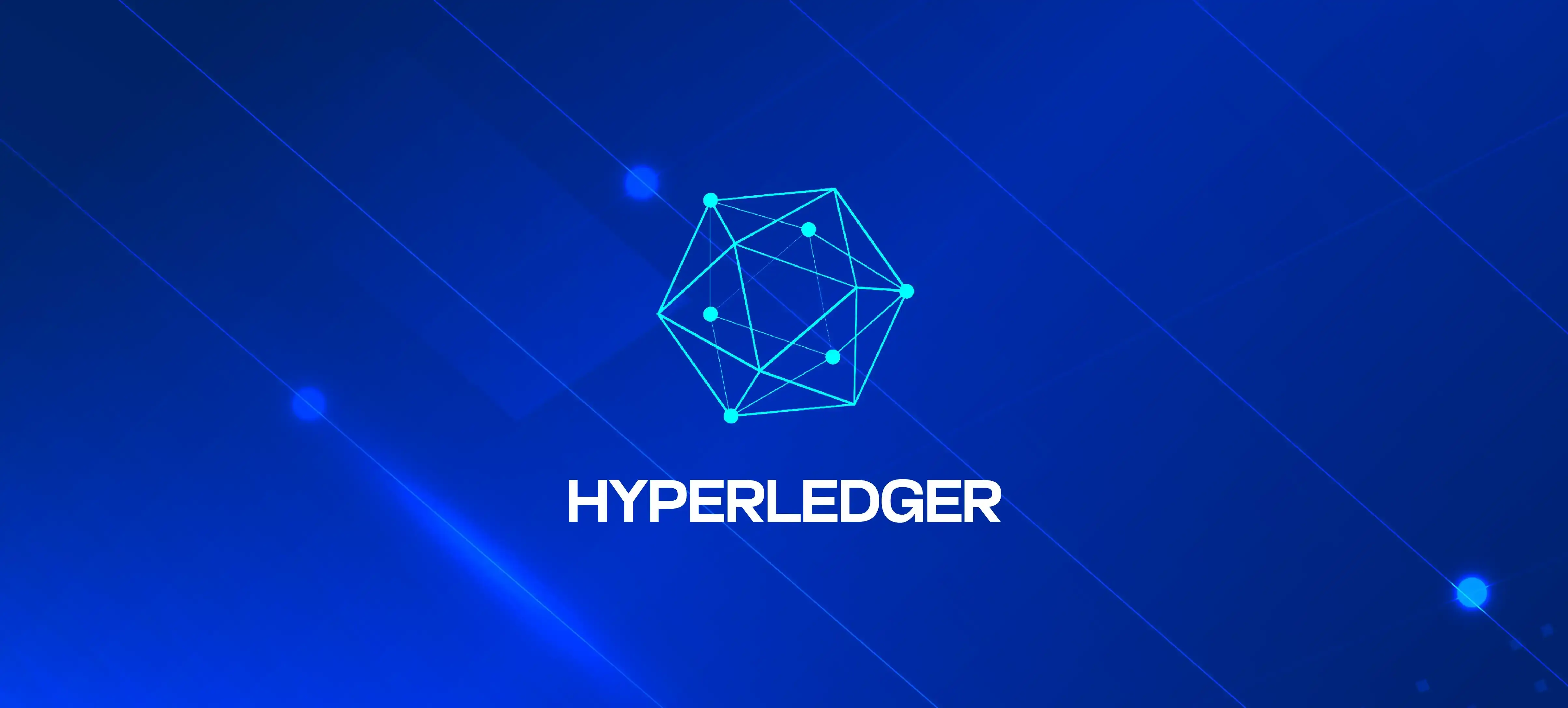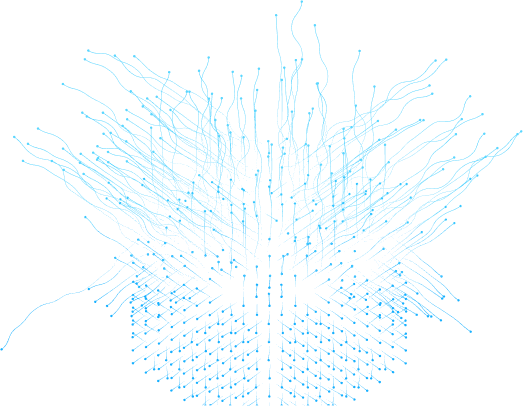
The Future of Blockchain Technology in 2025: Trends, Innovations, and Opportunities
Table of Contents
- 1. The Evolution of DeFi: Beyond Yield Farming
- 2. Layer-2 Scaling and Modular Blockchain Architecture
- 3. Enterprise Adoption: Smart Contracts & Compliance
- 4. Web3 Innovations: The Next-Gen Internet
- 5. NFT Utility Expansion: Beyond Digital Art
- 6. Blockchain Security & Smart Contract Auditing
- 7. The Future of Blockchain Infrastructure & Decentralized Storage
- Final Thoughts
Blockchain technology is evolving rapidly, reshaping industries with decentralized applications, enhanced security, and scalable networks. As we approach 2025, major advancements are set to redefine blockchain adoption across finance, supply chain, healthcare, and gaming. Here’s a deep dive into the key trends and innovations shaping the future of blockchain.
1. The Evolution of DeFi: Beyond Yield Farming
Decentralized Finance (DeFi) has revolutionized banking by eliminating intermediaries and offering global access to financial services. By 2025, DeFi will mature beyond yield farming and liquidity mining, focusing on sustainable revenue models and institutional adoption.
- Real-world asset tokenization: Tokenized stocks, bonds, and real estate will bring trillions of dollars into DeFi.
- On-chain identity and compliance: KYC-verified DeFi lending and institutional-grade financial products will gain traction.
- Cross-chain interoperability: Protocols like Polkadot, Cosmos, and LayerZero will enable seamless asset transfers across blockchains.
- Automated market-making (AMM) advancements: AMMs will evolve with AI-driven pricing mechanisms to optimize liquidity and reduce slippage.
- Stablecoin innovations: Algorithmic and collateral-backed stablecoins will become more secure and widely used.

2. Layer-2 Scaling and Modular Blockchain Architecture
The scalability challenge in blockchain is being addressed with Layer-2 solutions and modular architectures. By 2025, these solutions will dominate blockchain networks, enhancing efficiency and reducing gas fees.
|
Layer-2 Solution |
Technology |
Use Case |
|
Optimistic Rollups |
Fraud proofs |
DeFi & gaming |
|
zk-Rollups |
Zero-knowledge proofs |
Privacy & scalability |
|
Plasma Chains |
Child chains |
High-frequency transactions |
|
Sidechains |
Independent chains |
Enterprise blockchain |
- Zero-Knowledge (ZK) technology will drive privacy-focused transactions.
- Sharded networks will distribute workloads efficiently, improving throughput.
- Decentralized sequencers will enhance Layer-2 decentralization.
- Blockchain modularity: Blockchains will move towards a modular approach, separating execution, consensus, and data availability layers.
3. Enterprise Adoption: Smart Contracts & Compliance
Corporations are integrating blockchain into supply chains, finance, and digital identity verification. By 2025, enterprises will use blockchain for:
- Smart contract automation: Reducing legal overheads in business agreements.
- On-chain compliance frameworks: Real-time auditing and regulatory adherence.
- Supply chain tracking: Verifying authenticity in pharmaceutical and luxury goods industries.
- Decentralized digital identities: Secure, user-owned identity management for KYC and verification.
- Interoperability in enterprise blockchain: Businesses will adopt cross-chain communication protocols for seamless data and asset transfers.

4. Web3 Innovations: The Next-Gen Internet
Web3 is transforming the internet with decentralization and user empowerment. The next phase of Web3 will be marked by:
- Decentralized Social Media: Platforms like Lens Protocol and Farcaster will challenge traditional social networks.
- Metaverse & Blockchain Gaming: Play-to-earn (P2E) models will evolve into sustainable GameFi ecosystems.
- AI and Blockchain Integration: AI-driven smart contracts and predictive analytics will redefine business applications.
- Decentralized Autonomous Organizations (DAOs): DAOs will shift governance structures, allowing transparent decision-making.
- Web3 advertising and content monetization: Creators will earn via decentralized ad platforms with provable transparency.
Build Web3-Powered Applications With Our Blockchain Experts.
5. NFT Utility Expansion: Beyond Digital Art
Non-fungible tokens (NFTs) have extended their utility beyond art collections. By 2025, NFTs will be integral to:
- Real estate ownership: Fractionalized property investment.
- Gaming assets: Cross-platform NFT interoperability.
- Intellectual property: Protecting digital rights for creators.
- Healthcare records: Securing patient data on-chain.
- Music and entertainment: Royalties and licensing rights will be enforced via smart contracts.
- Virtual land and Metaverse: Digital property ownership will see widespread adoption.

6. Blockchain Security & Smart Contract Auditing
With growing adoption, blockchain security will remain a top priority. Smart contract auditing tools like Slither, MythX, and CertiK will enhance security by detecting vulnerabilities before deployment. Key trends include:
- Automated security analysis: AI-driven threat detection.
- Multi-signature wallets: Preventing unauthorized access.
- Post-quantum cryptography: Preparing for quantum-resistant blockchain security.
- MEV (Miner Extractable Value) protection: Mechanisms to prevent front-running and sandwich attacks.
- Bug bounty programs: Incentivizing ethical hacking to strengthen blockchain security.
Secure Your Blockchain Projects With Our Smart Contract Auditing Services.
7. The Future of Blockchain Infrastructure & Decentralized Storage
As blockchains expand, efficient infrastructure and decentralized storage solutions will become critical. By 2025, we’ll see:
- Decentralized cloud storage: IPFS, Arweave, and Filecoin will replace centralized cloud services.
- Edge computing integration: Reducing latency in decentralized applications.
- Blockchain-based DNS: Censorship-resistant domain management.
- Energy-efficient blockchain networks: New consensus models will focus on sustainability.
- Self-sovereign identity solutions: Enabling users to control their digital identities securely.
Final Thoughts
Blockchain technology is set to redefine industries with enhanced security, scalability, and decentralization. As Web3 matures, businesses must stay ahead by adopting robust, future-ready blockchain solutions.
For tailored blockchain solutions, consultation, and development services, reach out to our team today.
Stay Ahead Of Blockchain Innovations
Table of Contents
- 1. The Evolution of DeFi: Beyond Yield Farming
- 2. Layer-2 Scaling and Modular Blockchain Architecture
- 3. Enterprise Adoption: Smart Contracts & Compliance
- 4. Web3 Innovations: The Next-Gen Internet
- 5. NFT Utility Expansion: Beyond Digital Art
- 6. Blockchain Security & Smart Contract Auditing
- 7. The Future of Blockchain Infrastructure & Decentralized Storage
- Final Thoughts
Blockchain technology is evolving rapidly, reshaping industries with decentralized applications, enhanced security, and scalable networks. As we approach 2025, major advancements are set to redefine blockchain adoption across finance, supply chain, healthcare, and gaming. Here’s a deep dive into the key trends and innovations shaping the future of blockchain.
1. The Evolution of DeFi: Beyond Yield Farming
Decentralized Finance (DeFi) has revolutionized banking by eliminating intermediaries and offering global access to financial services. By 2025, DeFi will mature beyond yield farming and liquidity mining, focusing on sustainable revenue models and institutional adoption.
- Real-world asset tokenization: Tokenized stocks, bonds, and real estate will bring trillions of dollars into DeFi.
- On-chain identity and compliance: KYC-verified DeFi lending and institutional-grade financial products will gain traction.
- Cross-chain interoperability: Protocols like Polkadot, Cosmos, and LayerZero will enable seamless asset transfers across blockchains.
- Automated market-making (AMM) advancements: AMMs will evolve with AI-driven pricing mechanisms to optimize liquidity and reduce slippage.
- Stablecoin innovations: Algorithmic and collateral-backed stablecoins will become more secure and widely used.

2. Layer-2 Scaling and Modular Blockchain Architecture
The scalability challenge in blockchain is being addressed with Layer-2 solutions and modular architectures. By 2025, these solutions will dominate blockchain networks, enhancing efficiency and reducing gas fees.
|
Layer-2 Solution |
Technology |
Use Case |
|
Optimistic Rollups |
Fraud proofs |
DeFi & gaming |
|
zk-Rollups |
Zero-knowledge proofs |
Privacy & scalability |
|
Plasma Chains |
Child chains |
High-frequency transactions |
|
Sidechains |
Independent chains |
Enterprise blockchain |
- Zero-Knowledge (ZK) technology will drive privacy-focused transactions.
- Sharded networks will distribute workloads efficiently, improving throughput.
- Decentralized sequencers will enhance Layer-2 decentralization.
- Blockchain modularity: Blockchains will move towards a modular approach, separating execution, consensus, and data availability layers.
3. Enterprise Adoption: Smart Contracts & Compliance
Corporations are integrating blockchain into supply chains, finance, and digital identity verification. By 2025, enterprises will use blockchain for:
- Smart contract automation: Reducing legal overheads in business agreements.
- On-chain compliance frameworks: Real-time auditing and regulatory adherence.
- Supply chain tracking: Verifying authenticity in pharmaceutical and luxury goods industries.
- Decentralized digital identities: Secure, user-owned identity management for KYC and verification.
- Interoperability in enterprise blockchain: Businesses will adopt cross-chain communication protocols for seamless data and asset transfers.

4. Web3 Innovations: The Next-Gen Internet
Web3 is transforming the internet with decentralization and user empowerment. The next phase of Web3 will be marked by:
- Decentralized Social Media: Platforms like Lens Protocol and Farcaster will challenge traditional social networks.
- Metaverse & Blockchain Gaming: Play-to-earn (P2E) models will evolve into sustainable GameFi ecosystems.
- AI and Blockchain Integration: AI-driven smart contracts and predictive analytics will redefine business applications.
- Decentralized Autonomous Organizations (DAOs): DAOs will shift governance structures, allowing transparent decision-making.
- Web3 advertising and content monetization: Creators will earn via decentralized ad platforms with provable transparency.
Build Web3-Powered Applications With Our Blockchain Experts.
5. NFT Utility Expansion: Beyond Digital Art
Non-fungible tokens (NFTs) have extended their utility beyond art collections. By 2025, NFTs will be integral to:
- Real estate ownership: Fractionalized property investment.
- Gaming assets: Cross-platform NFT interoperability.
- Intellectual property: Protecting digital rights for creators.
- Healthcare records: Securing patient data on-chain.
- Music and entertainment: Royalties and licensing rights will be enforced via smart contracts.
- Virtual land and Metaverse: Digital property ownership will see widespread adoption.

6. Blockchain Security & Smart Contract Auditing
With growing adoption, blockchain security will remain a top priority. Smart contract auditing tools like Slither, MythX, and CertiK will enhance security by detecting vulnerabilities before deployment. Key trends include:
- Automated security analysis: AI-driven threat detection.
- Multi-signature wallets: Preventing unauthorized access.
- Post-quantum cryptography: Preparing for quantum-resistant blockchain security.
- MEV (Miner Extractable Value) protection: Mechanisms to prevent front-running and sandwich attacks.
- Bug bounty programs: Incentivizing ethical hacking to strengthen blockchain security.
Secure Your Blockchain Projects With Our Smart Contract Auditing Services.
7. The Future of Blockchain Infrastructure & Decentralized Storage
As blockchains expand, efficient infrastructure and decentralized storage solutions will become critical. By 2025, we’ll see:
- Decentralized cloud storage: IPFS, Arweave, and Filecoin will replace centralized cloud services.
- Edge computing integration: Reducing latency in decentralized applications.
- Blockchain-based DNS: Censorship-resistant domain management.
- Energy-efficient blockchain networks: New consensus models will focus on sustainability.
- Self-sovereign identity solutions: Enabling users to control their digital identities securely.
Final Thoughts
Blockchain technology is set to redefine industries with enhanced security, scalability, and decentralization. As Web3 matures, businesses must stay ahead by adopting robust, future-ready blockchain solutions.
For tailored blockchain solutions, consultation, and development services, reach out to our team today.




